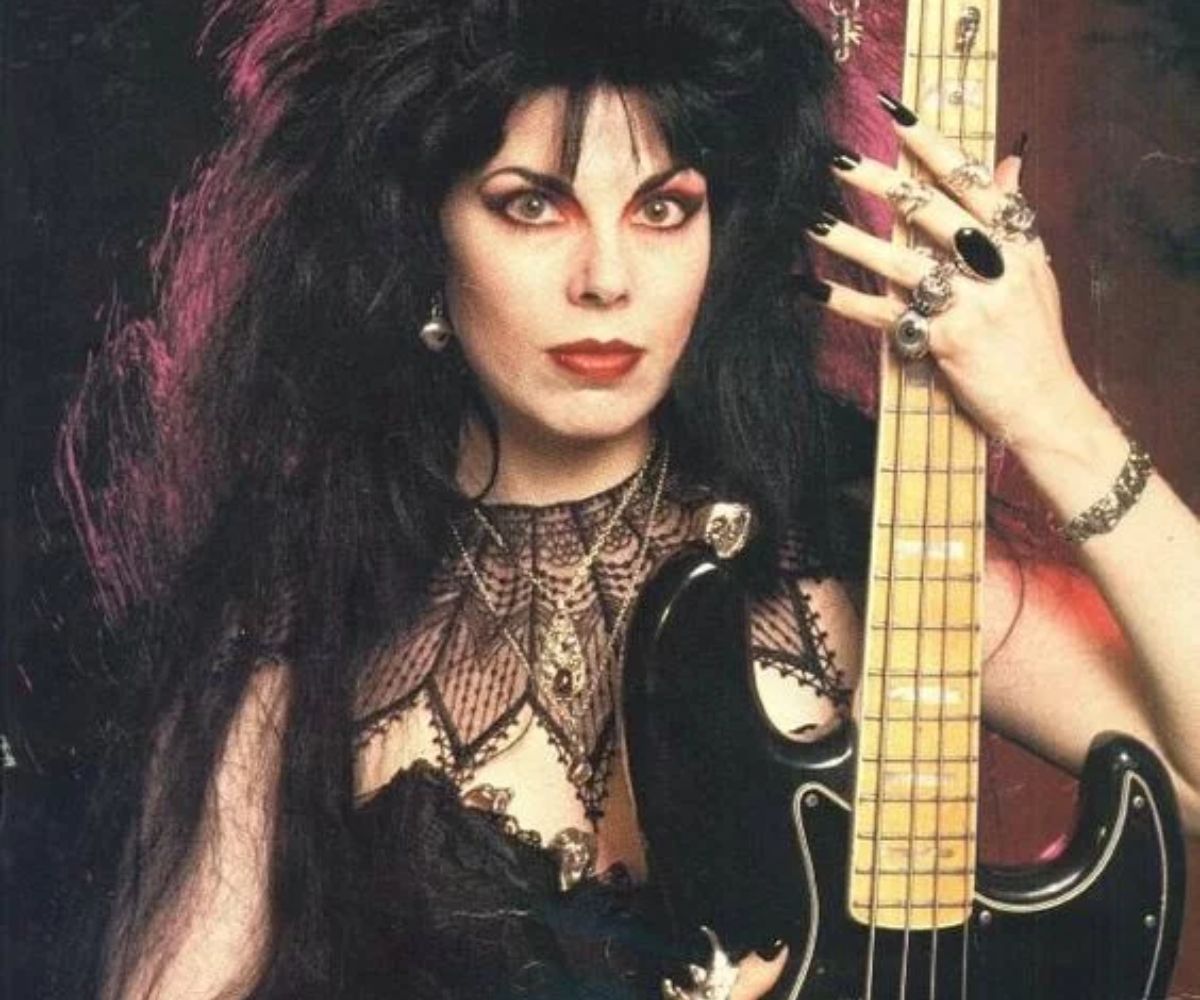If you’re new to the goth scene, welcome to the shadows. This guide is specially crafted for baby bats—those just spreading their wings in the world of goth music. The 1980s were a defining era, giving rise to some of the most iconic and hauntingly beautiful sounds in alternative music history. From moody post-punk to atmospheric darkwave, the 80s goth bands shaped an entire subculture with their unique aesthetic and sound. Whether you’re drawn to the ethereal voice of Siouxsie Sioux or the brooding vibe of Bauhaus, this guide will walk you through the essentials of classic goth rock. Let’s dive in.
Picture yourself stepping into a dimly lit club where shadows dance to pulsating darkwave beats. The air thrums with atmospheric synthesizers while figures draped in black velvet sway to haunting melodies. This scene captures the essence of 80s goth culture perfectly.
The gothic subculture emerged from Britain’s underground music scene during the late 1970s and early 1980s. It wasn’t just about music though. 80s goth represented a complete cultural phenomenon that embraced darkness, beauty, and intellectual depth. This youth subculture challenged mainstream society’s obsession with bright colors and superficial happiness.
Today, gothic culture continues influencing fashion, music, and art worldwide. From runway collections to streaming playlists, the 80s goth aesthetic remains timelessly captivating. Whether you’re getting into goth for the first time or deepening your existing knowledge, this comprehensive guide will illuminate every shadowy corner of goth culture.
What is 80s Goth? Understanding the Gothic Movement
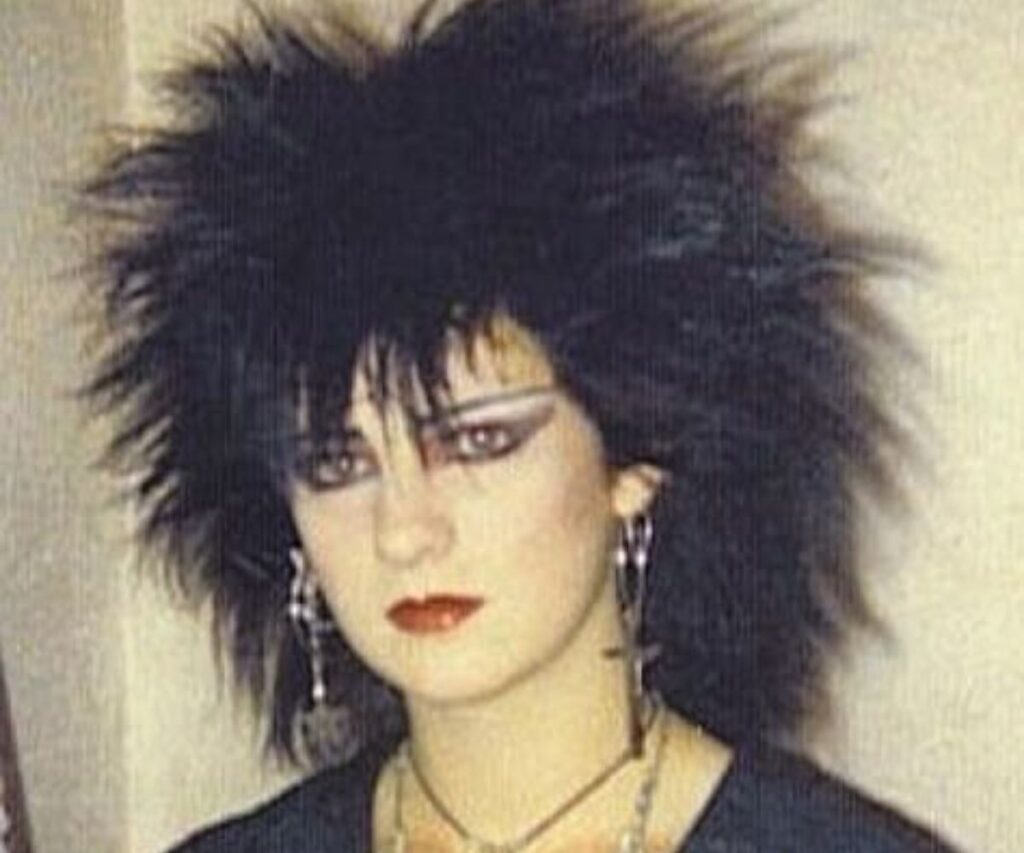
The gothic subculture emerged from Britain’s post-punk scene around 1979-1980. Unlike mainstream culture, this darkwave movement embraced melancholy, romanticism, and theatrical presentation. 80s goth represented youth rebellion through dark and mysterious beauty rather than aggressive confrontation.
Core characteristics included introspective lyrics, atmospheric soundscapes, and Victorian-inspired fashion. Gothic music drew from romantic literature, horror films, and existential philosophy. This counterculture movement provided emotional sanctuary for those seeking deeper artistic expression.
The Post-Punk Origins of 80s Goth Culture
Post punk aggressive energy evolved into goth’s contemplative darkness around 1979. London’s underground venues birthed this transformation, where goth bands like Bauhaus pioneered the haunting melodies that defined 80s goth forever.
Defining Characteristics of the Gothic Movement
Gothic movement emphasized dark romanticism, Victorian fashion elegance, and literary sophistication. Darkwave music featured atmospheric synthesizers, driving momentum, and ethereal vocals. This aesthetic celebrated beauty in melancholy and mystery.
| Gothic Movement Characteristics | Description |
|---|---|
| Musical Style | Synth-driven sound, melancholic, atmospheric |
| Fashion Aesthetic | Black clothing, Victorian inspired elements, dramatic makeup |
| Cultural Values | Intellectualism, romanticism, artistic expression |
| Literary Influence | Gothic literature, romantic literature, horror films |
The Essential 80s Goth Bands That Defined the Genre
These legendary goth bands created the sonic blueprint for gothic music. From Bauhaus’s theatrical darkness to The Cure’s melancholy pop sensibilities, each group contributed unique elements to 80s goth culture.
Siouxsie and the Banshees pioneered fierce feminine gothic energy, while Depeche Mode merged electronic music innovation with dark romance. These style pioneers transformed underground music into influential cultural phenomena.
Bauhaus – The Godfathers of Gothic Music
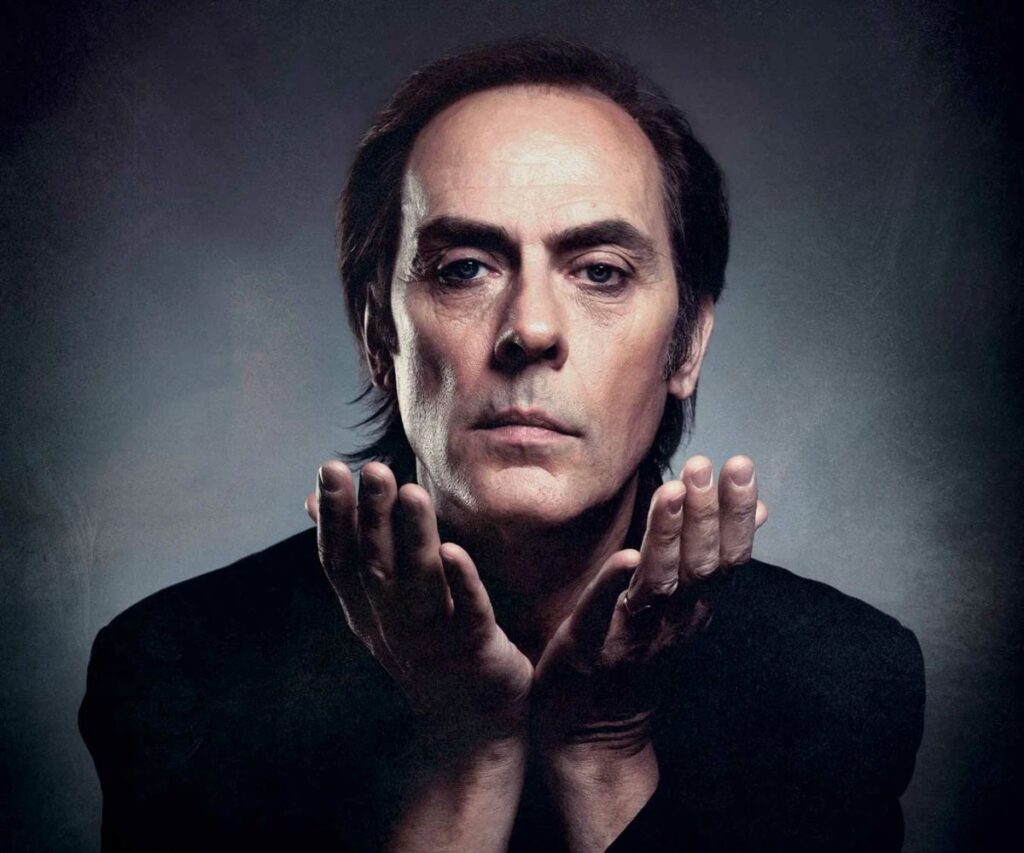
Bauhaus’s 1979 single “Bela Lugosi’s Dead” birthed gothic music as we know it. Their theatrical presentation, vampire imagery, and shadowy soundscapes established the 80s goth aesthetic template.
Siouxsie and the Banshees – Punk’s Gothic Evolution
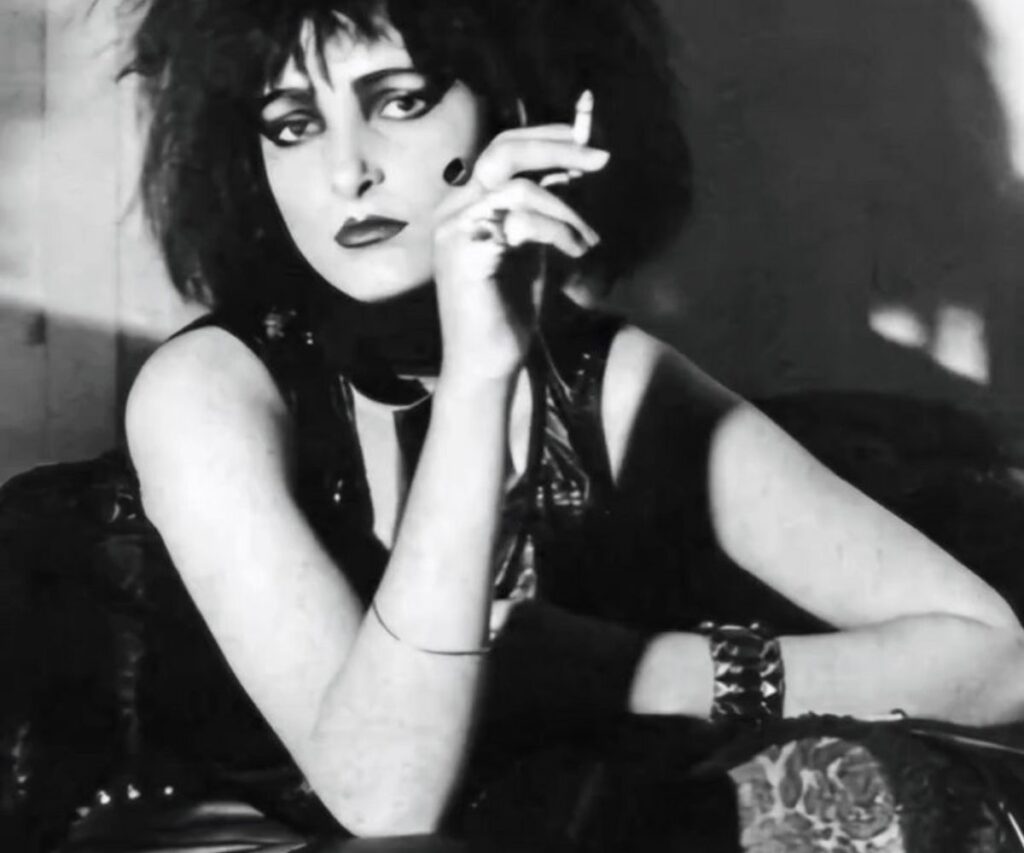
Siouxsie and the Banshees evolved from punk subculture pioneers into gothic innovators. Siouxsie Sioux dramatic makeup and fierce stage presence defined goth fashion for countless followers worldwide.
The Cure – Masters of Melancholic Pop
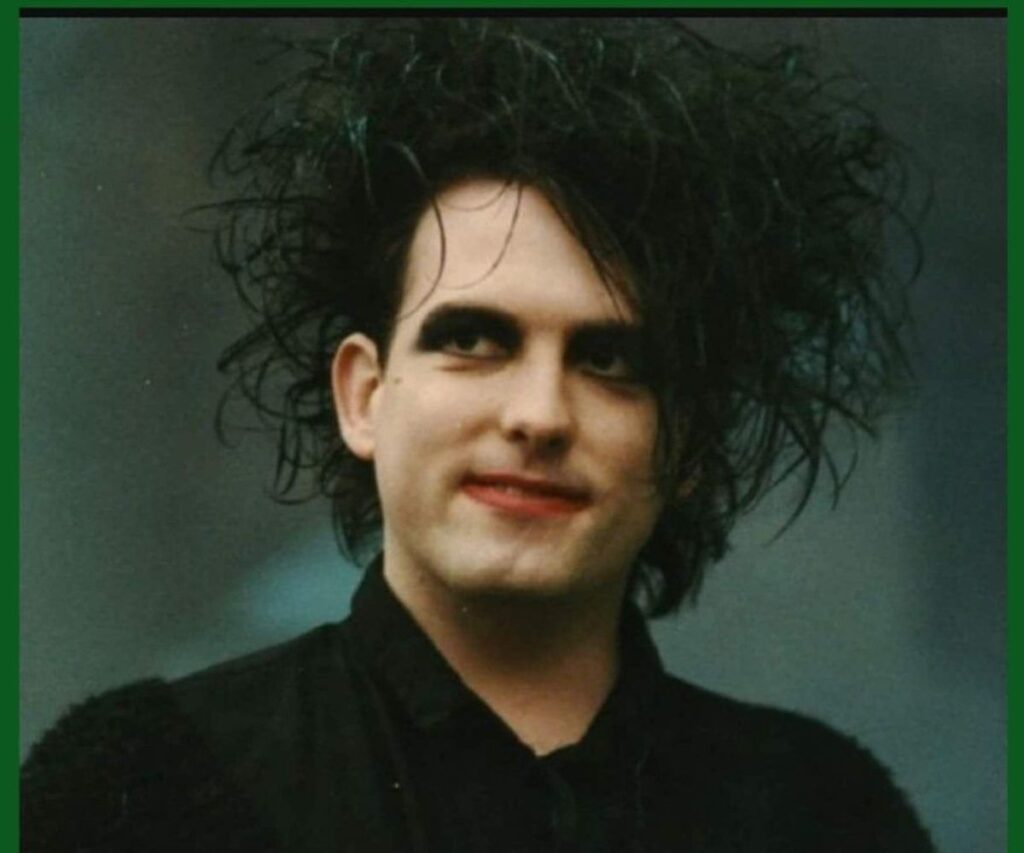
The Cure balanced gothic darkness with accessible melodies. Robert Smith distinctive appearance and introspective lyrics made 80s goth culture more approachable for mainstream audiences everywhere.
Hidden Gems: Underground 80s Goth and Darkwave Artists
Beyond mainstream success, countless underground artists shaped 80s goth culture. These darkwave bands created atmospheric soundscapes that influenced generations of gothic musicians and established lasting subcultural foundations.
Specimen founded London’s infamous Batcave club, while Cocteau Twins crafted ethereal dreamscapes. These hidden gems prove gothic music extended far beyond commercial recognition into artistic innovation.
Specimen and the Batcave Legacy
Specimen created the legendary Batcave club, becoming 80s goth culture’s social epicenter. Their theatrical presentation and flamboyant style established nightlife culture as integral to gothic subculture identity.
| Underground Goth Artists | Notable Contribution |
|---|---|
| Specimen | Founded Batcave club, theatrical presentation |
| Cocteau Twins | Ethereal soundscapes, dream-pop influence |
| Fields of the Nephilim | Western-gothic fusion, dusty imagery |
| Clan of Xymox | Electronic music–goth synthesis |
| Christian Death | American deathrock pioneers |
The Evolution of 80s Goth Fashion and Style
Goth fashion emerged from DIY fashion punk aesthetics merged with Victorian romanticism. Black clothing, dramatic makeup, and medieval inspired accessories created the distinctive 80s goth look that challenged mainstream fashion trends.
Thrift stores became treasure troves for gothic fashion enthusiasts. Vintage clothing like velvet, lace, and silver jewelry transformed ordinary items into goth statement pieces, proving style transcended economic boundaries.
Essential Elements of 80s Gothic Style
Goth makeup featured pale skin, dramatic black eyeliner, and deep red lipstick. Crimped hair or spiky hair complemented Victorian-inspired accessories, creating the iconic aesthetic.
DIY Culture and Thrift Store Aesthetics
DIY culture democratized goth fashion through creative customization. Thrift stores provided affordable Victorian-inspired pieces, while safety pins and studs transformed ordinary clothing into gothic statements.
| Essential Gothic Fashion Elements | Description |
|---|---|
| Black Clothing | Velvet corsets, black leather jackets |
| Makeup | Pale skin, black eyeliner, deep red lipstick |
| Accessories | Silver jewelry, beaded chokers, religious symbols |
| Footwear | Stiletto heels, pointed boots, thigh high boots |
Gothic Literature and Art Influences on 80s Culture
Gothic literature from Edgar Allan Poe to Bram Stoker provided intellectual foundation for 80s goth culture. These dark romantic works influenced lyrics, imagery, and philosophical underpinnings of the movement.
German Expressionism cinema and horror films shaped gothic visual aesthetics. Silent film era vampires and dramatic lighting techniques influenced goth fashion and performance art throughout the decade.
Edgar Allan Poe’s Lasting Impact
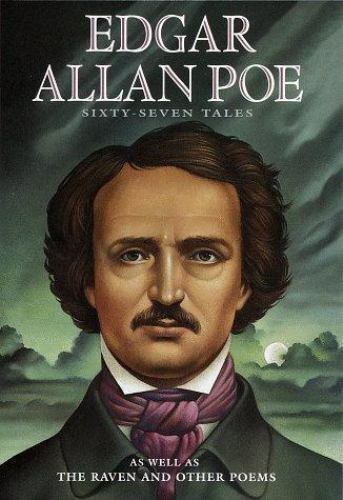
Edgar Allan Poe dark poetry deeply influenced 80s goth lyrics and imagery. His themes of death, love, and melancholy resonated with gothic music artists seeking literary depth.
The 80s Goth Club Scene and Nightlife Culture
Goth clubs became sacred spaces where 80s goth culture flourished. London’s Batcave, New York’s Danceteria, and countless underground venues provided community gathering places for like-minded individuals.
DJs pioneered mixing techniques that blended gothic music with electronic elements. Dancing became ritualistic expression, with movements reflecting darkwave music atmospheric qualities and emotional intensity.
Legendary Goth Clubs and Venues
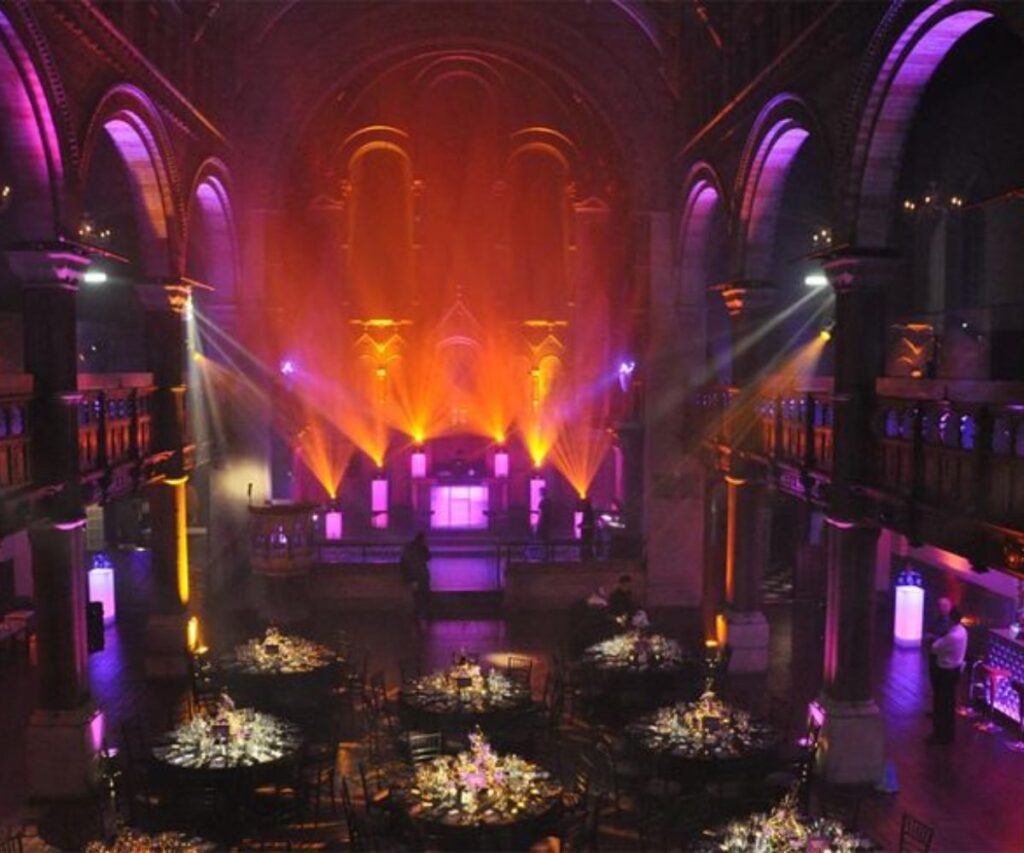
The Batcave club epitomized 80s goth nightlife culture. Its theatrical atmosphere, avant-garde performances, and darkwave music programming established the template for gothic venues worldwide.
| Famous Goth Clubs | Location | Notable Features |
|---|---|---|
| The Batcave | London | Theatrical presentation, vampire imagery |
| Danceteria | New York | Multi-level venue, diverse music |
| The Sanctuary | Chicago | Gothic dance nights, community hub |
| Asylum | Los Angeles | West Coast goth scene |
Creating Your 80s Goth Look: A Step-by-Step Guide
Achieving authentic 80s goth style requires strategic wardrobe building. Start with black basics, add Victorian-inspired pieces, and incorporate dramatic accessories to create your personal gothic fashion statement.
Goth makeup techniques emphasize pale complexion, dramatic eyes, and bold lips. Practice these skills gradually, building confidence in your gothic aesthetic expression through experimentation and creativity.
Building Your Gothic Wardrobe
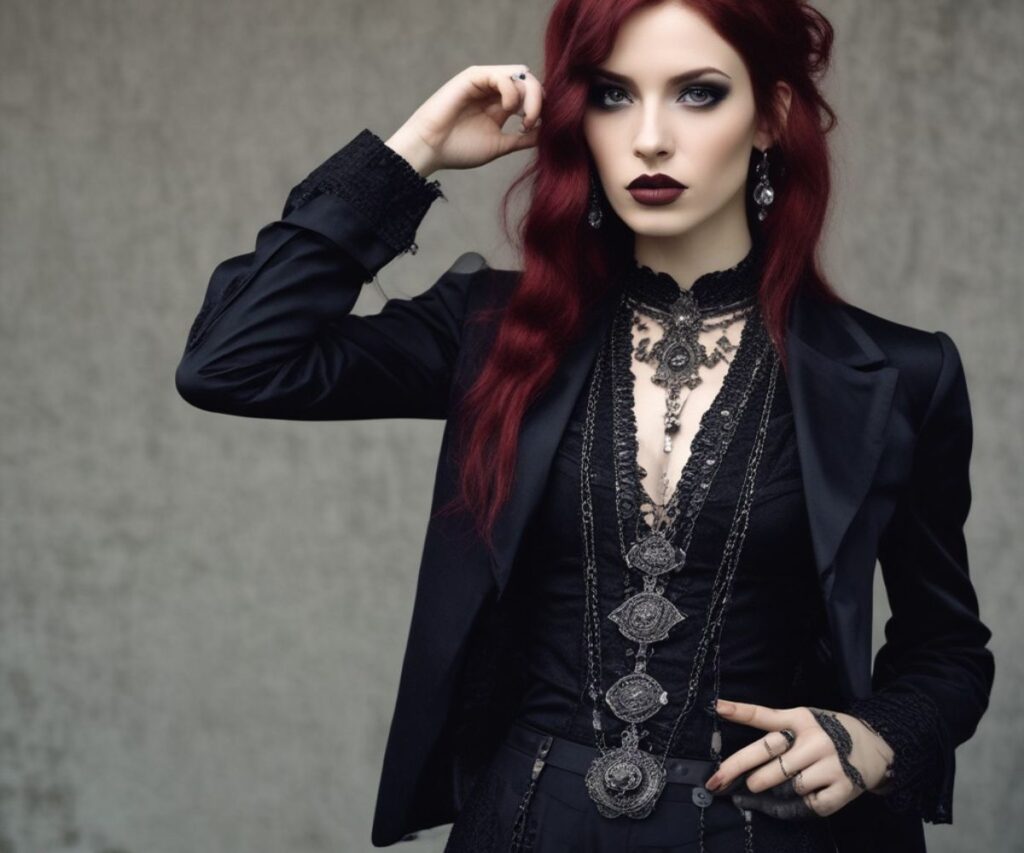
Essential goth fashion pieces include black velvet jackets, lace tops, and leather accessories. Victorian-inspired jewelry completes the 80s goth look without breaking your budget.
Mastering Gothic Makeup Techniques
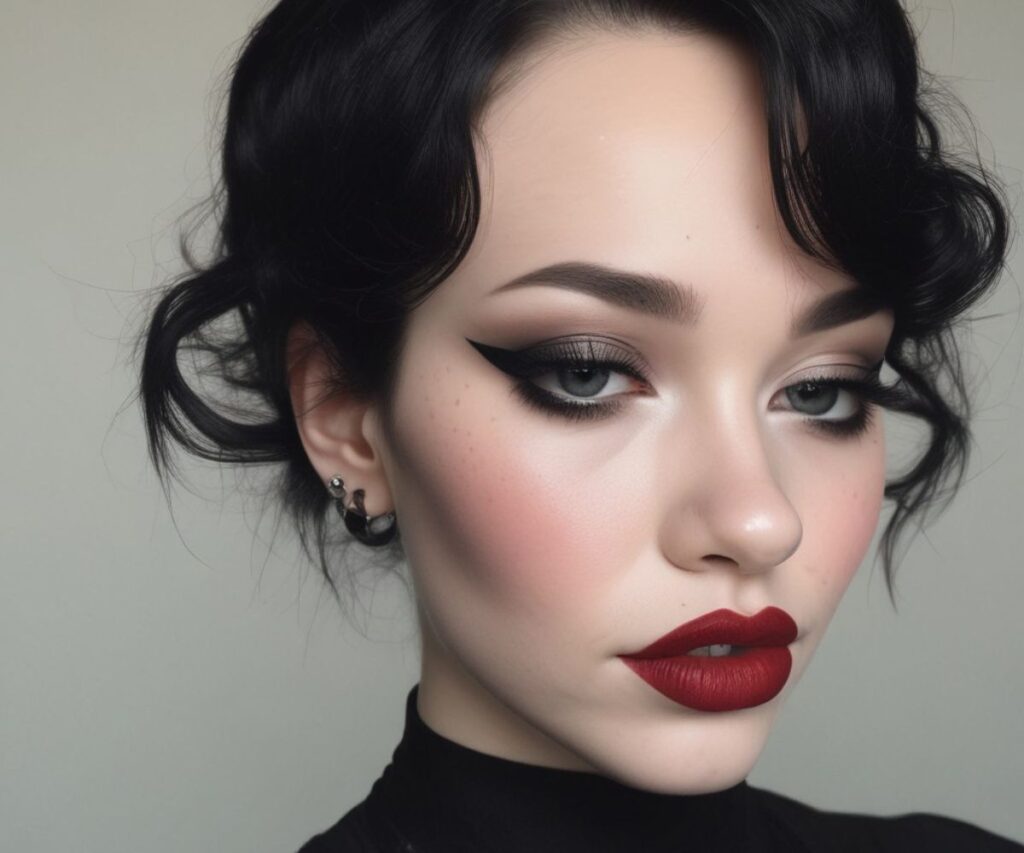
Goth makeup begins with pale foundation and setting powder. Dramatic black eyeliner, smoky eyeshadow, and deep red lipstick create the signature gothic aesthetic everyone recognizes.
| Gothic Makeup Essentials | Application Tips |
|---|---|
| Pale Foundation | Create pale skin base |
| Black Eyeliner | Dramatic cat-eye effect |
| Deep Red Lipstick | Bold, gothic statement |
| Dark Eyeshadow | Smoky, mysterious look |
80s Goth Music: Albums Every Fan Should Know
Essential 80s goth albums define the genre’s evolution. From Bauhaus’s groundbreaking releases to The Cure’s melancholic masterpieces, these recordings capture gothic music emotional depth and artistic innovation.
Building a gothic music collection requires understanding subgenres like darkwave, deathrock, and ethereal wave. Start with compilation albums before exploring individual artists’ complete discographies.
Must-Have Albums for Gothic Music Fans
Essential 80s goth albums include The Cure’s “Disintegration,” Bauhaus’s “Burning from the Inside,” and Siouxsie’s “Juju.” These releases showcase gothic music diverse artistic expression.
| Essential Gothic Albums | Artist | Release Year |
|---|---|---|
| Disintegration | The Cure | 1989 |
| Burning from the Inside | Bauhaus | 1983 |
| Juju | Siouxsie and the Banshees | 1981 |
| Some Great Reward | Depeche Mode | 1984 |
| First and Last and Always | Sisters of Mercy | 1985 |
The Legacy and Influence of 80s Goth on Modern Culture
80s goth culture continues influencing contemporary fashion, music, and art. Modern designers regularly draw inspiration from gothic fashion elements, while musicians incorporate darkwave aesthetics into current genres.
Social media platforms enable global goth communities to connect and share style inspiration. TikTok, Instagram, and YouTube spread gothic culture to new generations worldwide.
Modern Revival of Gothic Fashion
High-fashion designers regularly reference 80s goth aesthetics in runway collections. Celebrities embrace gothic fashion elements, bringing darkwave style into mainstream consciousness and popularity.
Getting Started: Your Journey into 80s Goth Culture
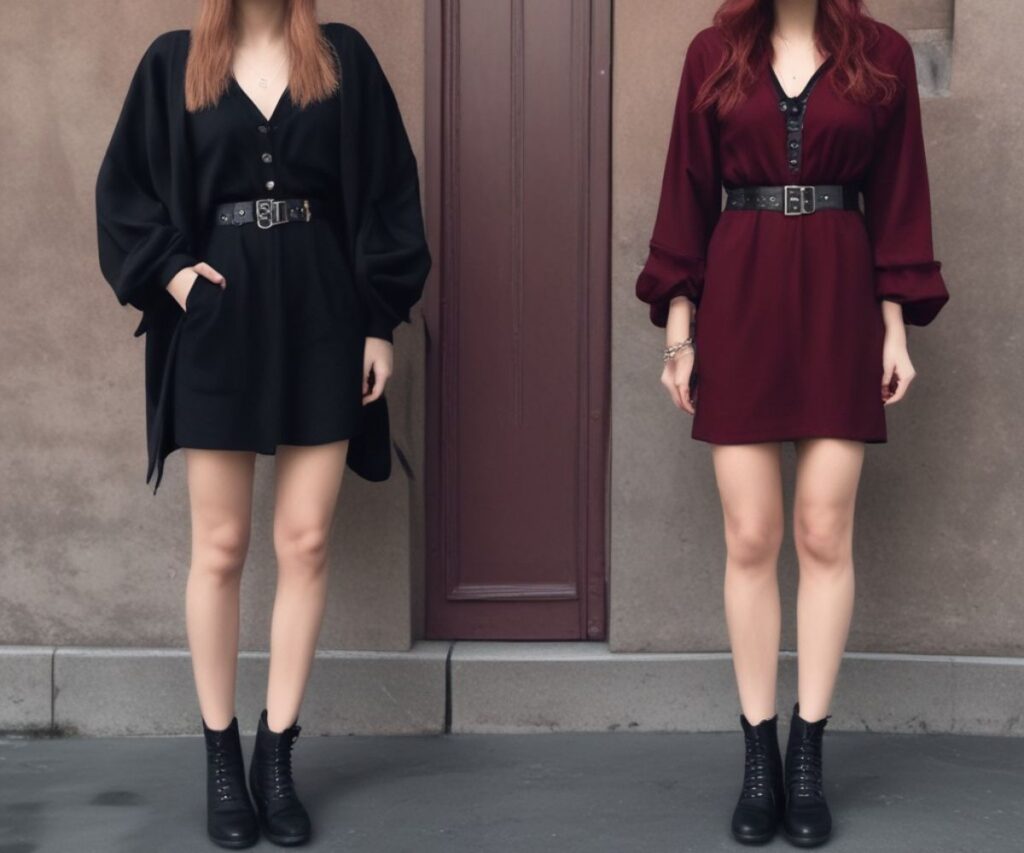
Beginning your 80s goth journey requires patience and genuine curiosity. Start with essential goth bands, explore gothic fashion basics, and connect with welcoming communities that share your interests.
Avoid common misconceptions about goth culture being purely negative or depressing. Instead, embrace its celebration of beauty, creativity, and intellectual depth that defines authentic gothic expression.
Essential Resources for Gothic Newcomers
Essential 80s goth resources include classic albums, gothic literature, and online forums. Join local clubs, attend goth events, and explore darkwave music to deepen your understanding.
| Getting Into Goth Resources | Description |
|---|---|
| Essential Albums | Vintage goth bands discographies |
| Gothic Literature | Edgar Allan Poe, Bram Stoker |
| Online Communities | Forums, social media groups |
| Local Events | Goth clubs, festivals |
The 80s goth movement represents more than just music and fashion. It embodies a complete cultural philosophy that celebrates darkness, beauty, and intellectual depth. From Bauhaus’s theatrical presentation to The Cure’s melancholic melodies, this subculture created lasting artistic innovations.
Whether you’re drawn to gothic fashion, darkwave music, or the broader cultural movement, 80s goth offers rich territory for exploration. Start your journey today by listening to essential albums, experimenting with gothic aesthetics, and connecting with like-minded individuals.
The shadows await your discovery. Welcome to the eternal night of 80s goth culture.
Frequently Asked Questions About 80s Goth Bands
What music did Goths listen to in the 80s? In the 1980s, Goths listened to a mix of post-punk, gothic rock, darkwave, and new wave. Bands like Bauhaus, Siouxsie and the Banshees, The Cure, and Joy Division were staples of the scene, offering dark, poetic lyrics and moody soundscapes.
Who is the most popular goth band? Bauhaus is often credited as the first true goth band and remains one of the most influential. However, bands like The Cure, Sisters of Mercy, and Siouxsie and the Banshees are also widely considered goth icons with lasting cultural impact.
Was goth popular in the 80s? Yes, goth subculture gained popularity in the 80s, especially in the UK and parts of Europe. It evolved from punk and post-punk scenes and created its own unique aesthetic through fashion, music, and attitude, often centered around clubs and underground venues.
What is 80s goth music called? 80s goth music is often referred to as gothic rock, but it also overlaps with post-punk and darkwave. These genres share a dark, melancholic tone and frequently explore themes of isolation, romance, and existentialism.
What genre do goths like? Goths typically enjoy gothic rock, darkwave, post-punk, ethereal wave, and even some industrial or coldwave. The genre choices often reflect the dark, emotional, and introspective nature of the subculture.
If you’re interested in 80s Goth Hairstyles, be sure to check out our Iconic 80s Goth Hairstyles Women Still Love Today to explore more unique and dark options!

